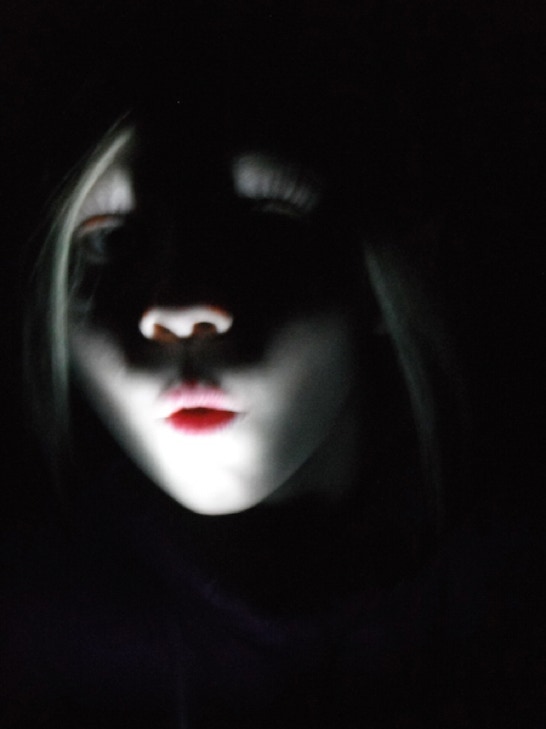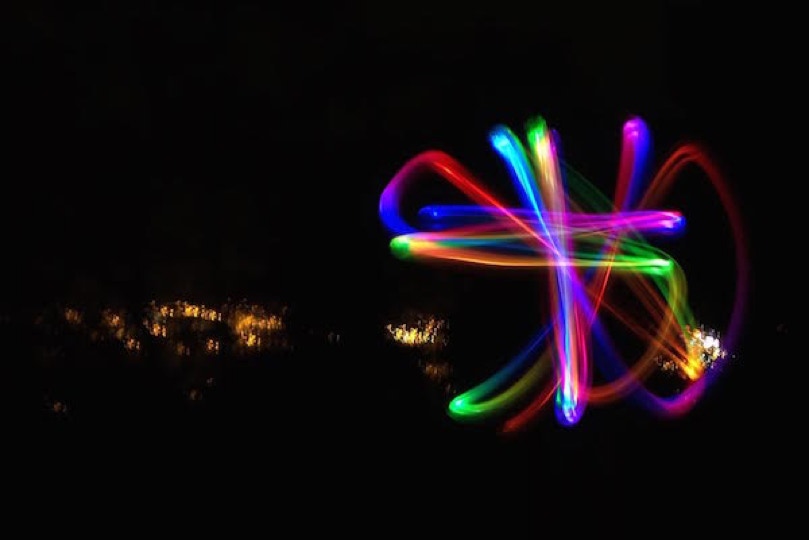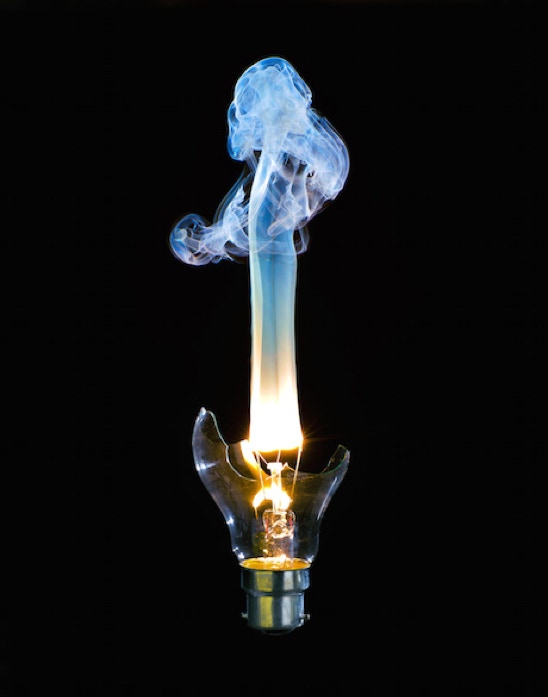-
SCIENCE
-
QUANTUM CURIOUS
-
NEWS/EVENTS
-
PEOPLE
What is a superconductor?


Congratulations to the photography competition winners, and to all participants for your stunning photography!
The 4 first-place winners can be seen on this page. For all of the photos displayed at Luminescence, visit photobucket.

Under 7
Untitled
Ditte Sofie Kjaergaard
I can see the shadow of my sister’s eye lashes because they are blocking the light from the torch.
7-12 years
Untitled
Gabe Cook-Bonney
This photo was taken at the Observatory in Dunedin while investigating Light Pollution. It shows light in different forms-the lights behind in the background of Dunedin City and the rainbow of lights in the foreground. The rainbow light is a robotic ball with an led light that was programmed to change colour. The camera's shutter was open for an extended time which captured the trail the ball made while changing colour, thus creating a rainbow star.

13-18 years
Untitled
Sophie Muir
Sun direct hit through the netball hoop on a bright hot day


Over 18
Lights Out
Allan Cox
Incandescent light bulbs only work if oxygen is prevented from getting to the tungsten filament. This is achieved by enclosing it in a bulb of inert gas. If oxygen does get to the filament it burns up in less than a second.
Event proudly sponsored by Quantum Science Otago, SPIE, and the Department of Physics
To find out more about events on around Otago visit the DCC events webpage
ABOUT QSO
The Centre for Quantum Science is a University of Otago Research Centre hosted by the Department of Physics.
CONTACT
Ashton Bradley
ashton.bradley [at] otago.ac.nz
Niels Kjærgaard
niels.kjaergaard [at] otago.ac.nz